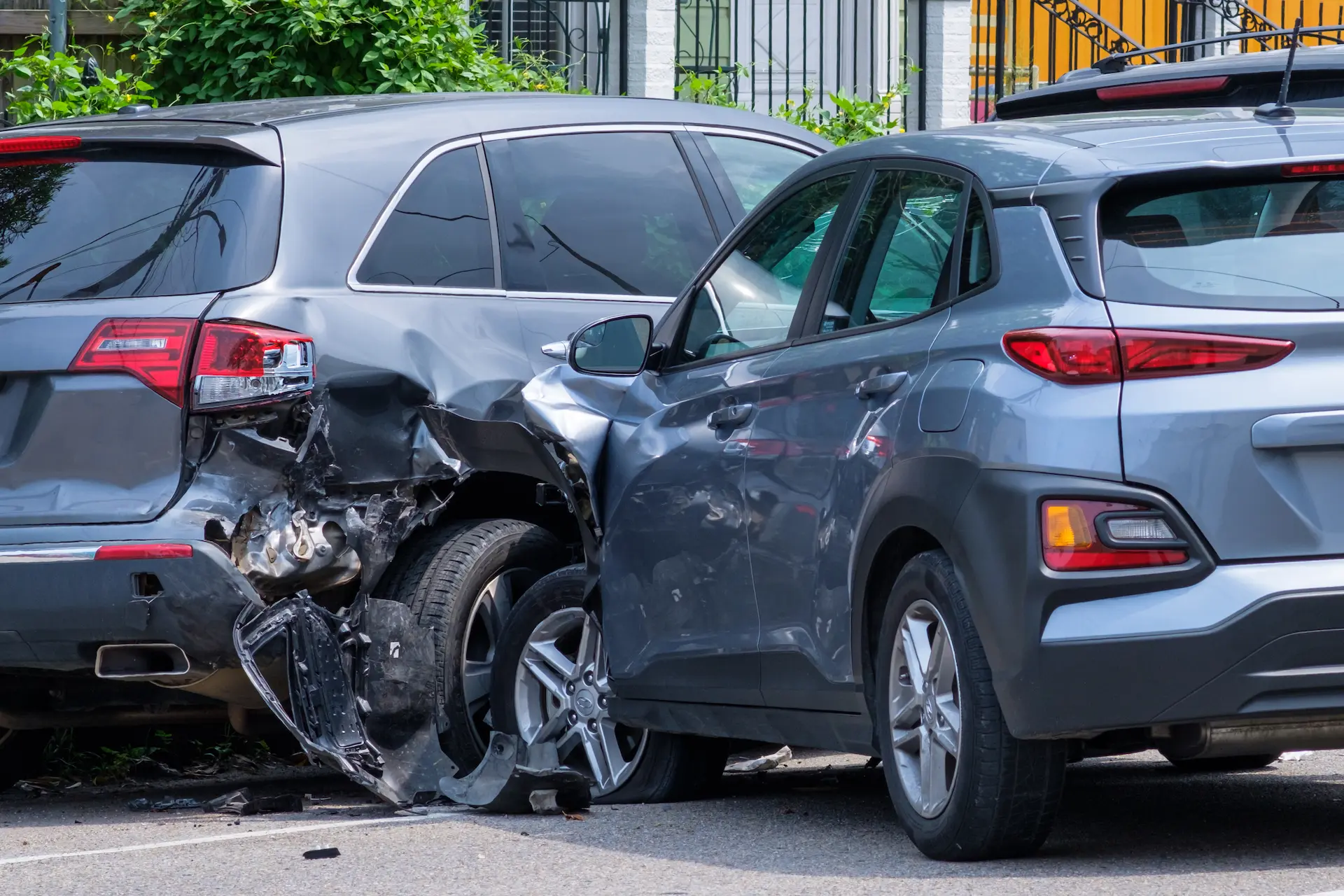Rear-end and T-bone collisions are two of the most common types of car crashes across Texas.
From a small fender-bender in Katy to a major side-impact crash in Houston, accidents like these become the reason for serious injuries and tough legal fights. Understanding how crash injury compensation works is essential for a fair settlement.
At Orange Law, we handle Texas crash injury claims with the urgency and attention they require. This guide breaks down the legal differences between rear-end and T-bone crashes and what it takes to win injury compensation after an accident.
What Is a Rear-End Accident?
Rear-end accidents happen when one vehicle strikes the back of another. These often result from:
- Distracted driving
- Following too closely
- Sudden braking
- Weather conditions reducing visibility
Such accidents frequently occur on high-traffic roads like I-45, I-10, and the Sam Houston Tollway. While these collisions are often considered straightforward, crash injury compensation still depends on proving fault and documenting injuries properly.
What Is a T-Bone Accident?
T-bone or side-impact accidents happen when the front of a vehicle collides with the side of another vehicle, forming a T shape.
This often happens at intersections, when:
- Someone breaks a red light
- Does not give the right of way
- Or overspeeds during a signal
Because there is little side protection in most vehicles, T-bone crashes can cause catastrophic injuries, and compensation for car accident injuries in these cases tends to be significantly higher than in rear-end collisions.
Key Differences: Rear-End vs. T-Bone Crashes
| Factor | Rear-End Accident | T-Bone Accident |
| Common Location | Freeways, traffic jams | Intersections |
| Typical Cause | Tailgating or distracted driving | Signal violations or failing to yield |
| Presumed Fault | Rear driver | Based on traffic signal and right-of-way |
| Injury Risk | Moderate (whiplash, back sprain) | Severe (TBI, internal injuries, broken bones) |
| Legal Complexity | Easier to prove | Often disputed and requires more evidence |
If you are clear on the difference between these accidents, your Texas crash injury claim will become stronger, and it will come in handy when the insurance person wants to put the blame on someone else.
Injuries and Crash Injury Compensation
Rear-End Crash Injuries:
- Neck strain and whiplash
- Back and spinal issues
- Concussions or head trauma
- Airbag burns and abrasions
T-Bone Crash Injuries:
- Rib and pelvic fractures
- Internal bleeding or organ damage
- Spinal cord injuries or paralysis
- Traumatic brain injuries (TBI)
In both cases, victims may be entitled to crash injury compensation for medical costs, missed wages, future care needs, and emotional stress. Early documentation is key to securing full injury compensation after an accident.
Determining Fault and Building the Claim
In rear-end accidents, the law generally presumes the rear driver is at In a rear-end accident, the vehicle behind is often held responsible. But this can change if:
- The vehicle in front applies brakes without reason
- Its brake lights are not working
- Or a third vehicle has cut into the beach
In T-bone crashes, fault depends on:
- Traffic light and signal records
- Dashcam or surveillance footage
- Eyewitness testimony
- Speed and angle of impact
Your case for crash injury compensation will only become strong if you submit evidence immediately – do not delay.
Comparative Negligence in Texas Injury Claims
Texas follows a modified comparative negligence rule. If a person is 51% or more at fault, they cannot recover any crash injury compensation. If it is 30% at fault in an accident, their compensation is reduced by 30%.
Example: If the damages are $100,000 and you are 20% wrong, you will only get $80,000.
This rule applies in Texas crash injury claims, so it is very important to provide correct proof of fault.
Legal Strategies That Work
For Rear-End Collisions:
- Use phone records to show distracted driving
- Obtain footage from traffic cameras
- Collect repair records showing speed of impact
For T-Bone Accidents:
- Reconstruct crash scene with engineers
- Subpoena signal light data
- Obtain vehicle black box data (in truck crashes)
These tactics help Orange Law secure fair compensation for car accident injuries—even in contested claims.
What to Do After a Crash in Texas
To protect your rights and claim:
- Call 911 and file a crash report
- Get a full medical evaluation
- Photograph the vehicles, road, and injuries
- Gather names and contact details of witnesses
- Avoid speaking to insurance companies alone
- Contact a Texas injury attorney immediately
Delays benefit the insurance company. Prompt action is vital to your injury compensation after an accident.
Why Legal Help for Crash Injury Compensation Matters
If there is no experienced legal help, the victim may face these problems:
- Accepting a low offer from the insurance company
- Missing important deadlines
- Not being able to prove long-term damages
- Taking the blame for a mistake that they did not make
The team at Orange Law steps in to:
- Handle every document and deadline
- Work with trusted medical experts
- Fight aggressively for every dollar of crash injury compensation
Why Choose Orange Law for Texas Crash Injury Claims
Here’s why Orange Law stands out:
- Strategic Legal Preparation: Every case is ready for court from Day 1.
- Transparent Communication: You always speak with your attorney.
- Texas Expertise: We know local judges, procedures, and insurers.
- Multilingual Staff: Help available in English, Hindi, Spanish & Punjabi.
- Proven Results: Our history shows consistent wins in Texas crash injury claims.
Need legal help for crash injury compensation? Contact Orange Law today.
Moving Ahead with Confidence: Secure Your Crash Injury Compensation
A collision can change the course of someone’s life in seconds. While injuries heal over time, the financial and legal challenges can drag on for years without the right support.
If you’re pursuing crash injury compensation, don’t leave your case to chance. With Orange Law on your side, you’ll get the legal strength, resources, and personalized attention needed to claim what’s fair—and move forward with confidence.



